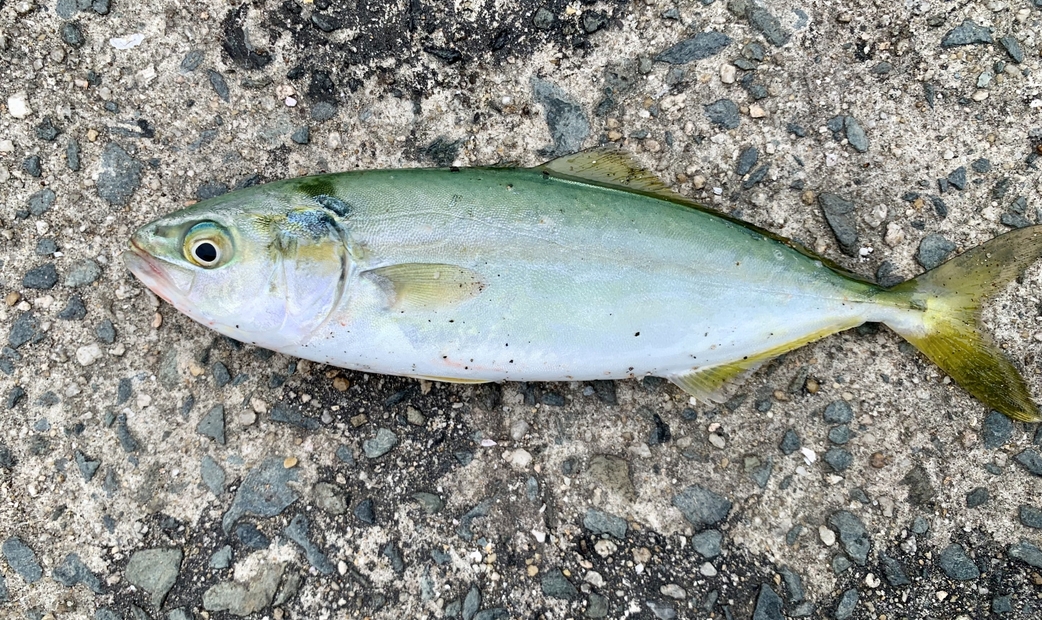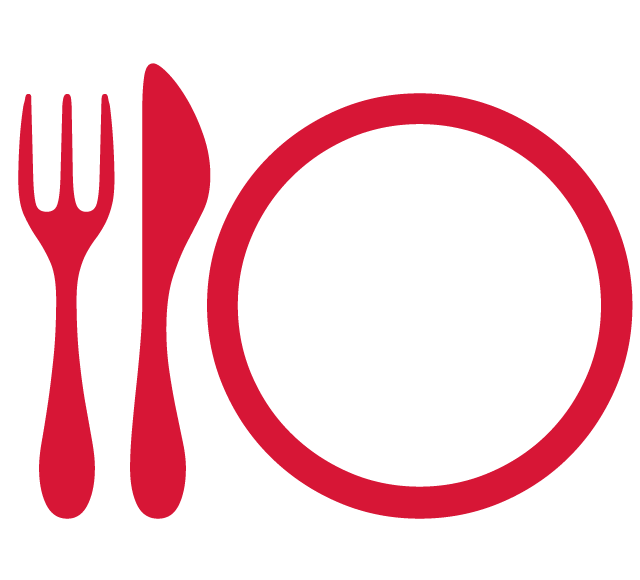
Hamachi Sushi | Getting to Know Hamachi and Buri: Popular Fish in Japanese Sushi
The OMAKASE editorial team, an official partner of the Michelin Guide, explains the unique characteristics of Hamachi and Buri in sushi. We will also present our top recommendations for fine dining sushi restaurants in Japan.
What Is Hamachi?

What kind of fish is Hamachi?
Hamachi is the Japanese term for young yellowtail fish, typically measuring between 40 to 60 centimeters in length. In Japan, yellowtail (or "Buri") is considered a type of "shusseuo" or "promotional fish," as its name changes as it grows. Today, the term "Hamachi" primarily refers to farmed yellowtail, while "Buri" generally denotes the larger, wild-caught yellowtail.
It is also common in Japan for Hamachi to be confused with Kanpachi, another popular fish. However, these two species are entirely different.


What is "Shusseuo" (Promotional Fish)?
"Shusseuo" is a unique Japanese concept referring to fish whose names change as they grow. This tradition originates from the historical practice of Japanese samurai changing their names as they advanced in rank. Besides Hamachi, other well-known "shusseuo" include Kohada (gizzard shad) and Suzuki (Japanese sea bass).

Growth stages of hamachi
In Japan, the name given to yellowtail changes according to its growth stage, and these names can vary by region.
- Up to 20 cm: Mojako
- 20 cm to 40 cm: Wakashi or Tsubasu
- 40 cm to 60 cm: Inada or Hamachi
- 60 cm to 80 cm: Warasa or Mejiro
- 80 cm and above: Buri




The Taste of Hamachi
It has a moderate amount of fat with a light, refreshing flavor. It has a natural sweetness and you can easily taste the fish's inherent umami, making it easy to eat and popular across all age groups. It has an excellent texture, and by cutting it thick, you can enjoy the unique bouncy, firm texture that yellowtail is known for. It's especially recommended to eat it raw, as eating it fresh allows you to fully appreciate yellowtail's natural flavor and texture.
Differences Between Hamachi in Japan and the United States
The Hamachi available in the United States is specially adapted to local culinary preferences, with modifications made to its fat content and texture. During the farming process, the feed is carefully controlled, creating Hamachi that is richer in fat and has a softer texture compared to its Japanese counterpart. This is because American consumers typically prefer fattier fish, similar to "toro" (fatty tuna).
On the other hand, Japanese Hamachi and Buri usually have less fat and a firmer texture. Farmed Hamachi in Japan is known for its flavorful fat content, and since the feed is well managed, it does not have unpleasant odors.
Best Season for Hamachi
Farmed Hamachi in the United States maintains consistently high quality and can be enjoyed year-round. In Japan, however, wild-caught Hamachi (Buri) is in peak season from December to February. During this period, the fish has the highest fat content and is referred to as "Kan-Buri" (winter Buri), prized for its exceptionally rich and delicious flavor.
Places to Enjoy Hamachi in Japan
In Japan, Hamachi is considered a standard, everyday fish, typically sold in supermarkets as fillets or sashimi. It’s also a popular sushi topping at conveyor-belt sushi and casual sushi restaurants.
At high-end sushi restaurants, Hamachi is less common. Instead, these establishments offer Kan-Buri (winter yellowtail) as a premium seasonal delicacy. Additionally, traditional Japanese restaurants frequently offer classic home-style dishes featuring Buri, such as Buri Daikon (yellowtail simmered with radish) or grilled Buri Teriyaki.


Yellowtail is rich in nutrients
Yellowtail is not only delicious but also a fish that's good for your health. It contains DHA and EPA, which help activate the brain, prevent arteriosclerosis, and lower blood pressure. It's also rich in vitamins, amino acids, and protein. In particular, it contains histidine, one of the essential amino acids that the human body cannot produce on its own. As a precaution, when yellowtail loses its freshness, histidine converts into a substance called histamine, which can cause allergic reactions, so it's better not to eat yellowtail that isn't fresh.
Hamachi Sushi
Sushi restaurants in Japan typically serve either farmed Hamachi with a leaner, firmer texture suited to Japanese tastes, or wild-caught Hamachi (Buri). Hamachi is especially popular at conveyor-belt sushi and casual sushi establishments, but it's less commonly featured at high-end sushi restaurants. This is similar to salmon, as both fish are considered everyday favorites in Japanese sushi culture. However, premium, wild-caught Buri and salmon occasionally appear at upscale sushi restaurants, particularly when they are in season.
The thickness of Hamachi slices significantly impacts the dining experience. Thicker cuts provide a rich, juicy texture, whereas thinner slices deliver a lighter, more delicate flavor.


Other Ways to Enjoy Hamachi and Buri
Buri Shabu (Yellowtail Hot Pot)

Buri Shabu is a delightful dish that involves slicing Hamachi or Buri thinly and briefly dipping the slices into a boiling dashi broth. This quick dip helps reduce excess fat, giving the fish a lighter, more refreshing flavor. It is a popular way to savor yellowtail, especially among Japanese people.
Buri Daikon (Yellowtail and Daikon Radish Stew)

Buri Daikon is a traditional Japanese home-cooked dish that features yellowtail scraps (such as the head and bones) simmered with daikon radish in a savory-sweet broth made from soy sauce and mirin. As the fish slowly cooks, its rich, umami flavor infuse the daikon, creating a hearty and flavorful dish.
Buri Teriyaki (Teriyaki Yellowtail)

Buri Teriyaki is a staple in Japanese home cooking, featuring yellowtail fillets coated in a glaze of soy sauce and mirin. The fillets are then grilled or pan-fried until they develop a glossy and caramelized coating. The sweet and savory flavors of the dish pair perfectly with steamed rice.
Michelin-Starred Sushi Restaurants Available for Reservation During Your Visit to Japan
Udatsu (宇田津 鮨) / Tokyo
This Michelin-featured restaurant in Tokyo uniquely combines sushi and art. Guests can enjoy authentic Edo-style sushi crafted from specialty rice and the highest-quality ingredients in an artistic setting. A standout dish is the signature "Herb Maki", known for its unique and innovative flavor.
- Operation hours
- Lunch:
[Mon–Fri] From 12:00 PM
[Sat, Sun & Public Holidays] From 11:00 AM / From 1:00 PM
Dinner:
From 6:00 PM / From 9:00 PM - Address
- 2-48-10, Kamimeguro, Meguro-ku, Tokyo
- Nearest station
- Nakameguro Station
- Directions from station
- 5-10 minute's walk from Nakameguro Station
- Payment methods
- Cash, Credit card
- Seats
- 1F:9 Counter Seats, 1F 1 Private Room(2~4people)
2F:5 Counter Seats or 2F 1 Private Room(4~8people) - Awards
-
Michelin

-
RF5.0Posted on :12/02/2025
-
Mateusz Kołodziejski5.0Posted on :12/02/2025
-
Mark Feygin5.0Posted on :11/30/2025
Sushi Rakumi (鮨 楽味) / Kyoto
This three-star Michelin restaurant in Kyoto is an extension of the renowned Gion Sasaki, offering both Kyoto delicacies and Tokyo sushi. The highly-skilled chef trained at both Gion Sasaki and the prestigious Sushi Yoshitake in Ginza, mastering techniques from both culinary worlds. Diners can enjoy dishes that blend traditional Kyoto cuisine with Edo-style sushi.
- Operation hours
- Lunch: 12:00 PM -
Dinner: 5:00 PM - 10:00 PM - Regular holiday
- Sundays, Irregular Holidays
- Price range
-
Lunch: USD 176.91 - USD 176.91
Dinner: USD 367.97 - USD 367.97 - Address
- 332-6, Miyoshi-cho, Higashiyama Ward, Kyoto-shi, Kyoto
- Nearest station
- Sanjo Station, Sanjo Keihan Station, Gion-Shijo Station
- Directions from station
- 5 minutes walk from Sanjo Station
6 minutes walk from Sanjo Keihan Station
8-minutes walk from Gion-Shijo Station - Payment methods
- Cash, Credit card
- Seats
- 8 Seats
- Awards
-
Michelin
-
Andrew Nguyen5.0Posted on :09/12/2025
-
Anna Collins5.0Posted on :01/12/2025
-
Dale5.0Posted on :12/19/2024
Sushi Yuden (鮨 悠伝) / Osaka
This one-star Michelin restaurant in Osaka is managed by a chef who trained at renowned establishments, Fukuki Sushi and Sushi Suiki. Diners can savor delectable Edo-style sushi made with carefully selected ingredients and perfectly balanced rice, served at an elegant 160-year-old cypress-wood counter.
- Operation hours
- Lunch: 12:00 PM - / 12:30 PM -
Dinner: 05:30 PM - 11:00 PM - Regular holiday
- Mondays, Irregular Holidays
- Price range
-
Lunch: USD 214.06 - USD 214.06
Dinner: USD 214.06 - USD 273.4 - Address
- 1F Kitaoka Building, 3-8-25 Ueshio, Tennoji-ku, Osaka-shi, Osaka
- Nearest station
- Tanimachi 9-chome Station
- Directions from station
- 1 minute walk from Tanimachi 9-chome Station
- Payment methods
- Cash, Credit card
- Seats
- 8 Seats
- Awards
-
Michelin

-
Christian Martin4.8Posted on :04/22/2025
-
Pamika5.0Posted on :03/13/2025
-
Daniel Mikhailov5.0Posted on :12/22/2024


